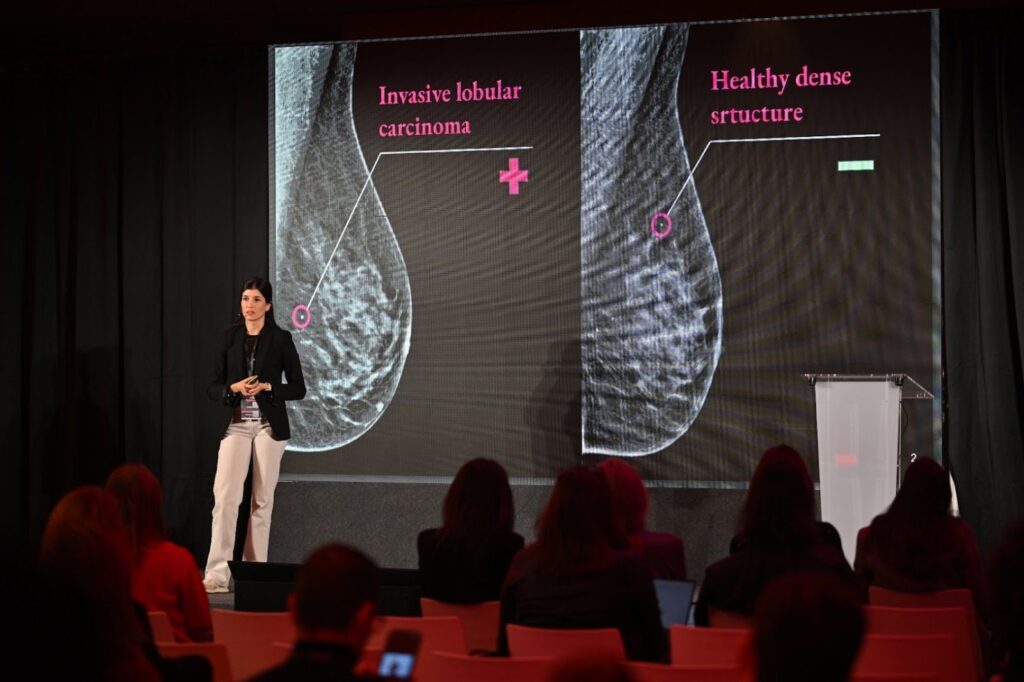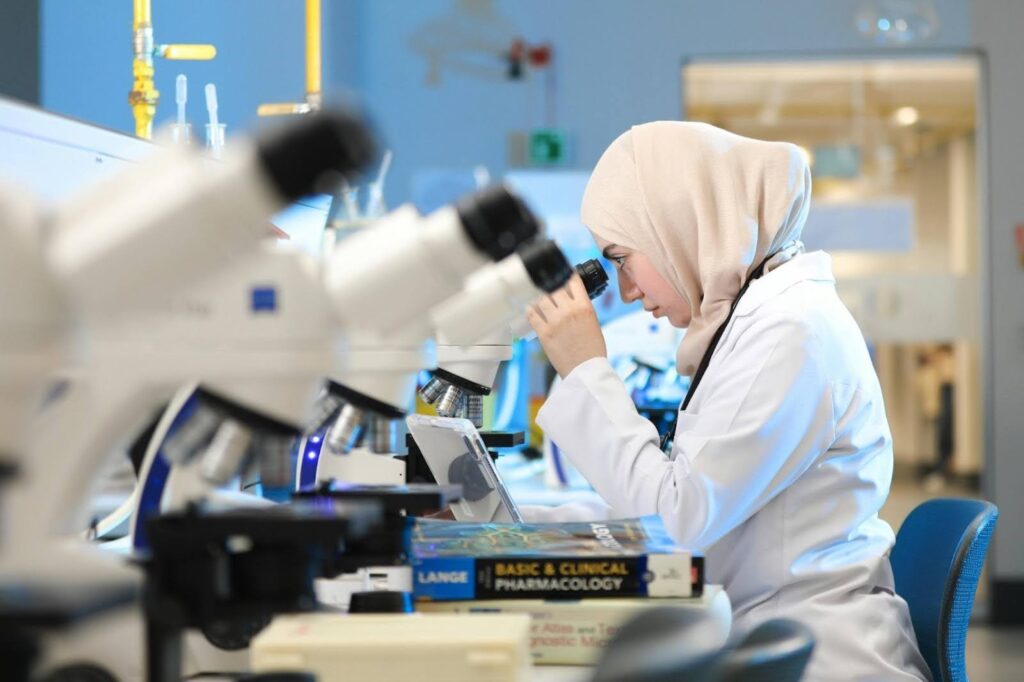We’ve all heard the line: women’s health is underfunded, under-researched, and often overlooked. But here’s the truth – that gap doesn’t just hurt women, it hurts healthcare as a whole.
It’s time to cut through the noise, confront the bias, and spotlight the breakthroughs that are finally putting women’s health where it belongs: front and centre.
The myths, the lies, the prejudice
“Women’s diseases”? Not so fast.
Some conditions are more common in women, but that doesn’t mean they only affect women – or that gendered labels help.
Take breast cancer. Most people associate it with women, but according to the American Cancer Society, about 2,800 men are expected to be diagnosed with invasive breast cancer throughout 2025 in the U.S. alone.
Transgender men who haven’t had a mastectomy are also at risk but often face barriers like misgendering and lack of screening guidance.
And, intersex individuals – born with variations in sex characteristics, often fall through the cracks entirely, with many experiencing delayed diagnoses due to a lack of inclusive research and healthcare systems built around a binary model.
So, while women’s health has often been sidelined in medical research, the results and data would actually benefit more than just a specific gender group.

Think medical research represents both sexes equally?
Not quite. Historically, men have been the default in medical research. In cardiovascular studies, for instance, only about one-third of participants are women. And when it comes to research funding, only 4% of the cardiac artery disease budget is spent on women-focused studies.
Meanwhile, conditions like endometriosis and fibroids – which affect millions – remain under-researched. Some call them “too niche,” but that doesn’t hold up: erectile dysfunction has been studied five times more than premenstrual syndrome, which affects up to 90% of women.
The result? A research gap that puts lives at risk – and a clear call for more balanced science.
“Period pain is normal” – except when it’s not.
Mild discomfort during menstruation can be expected. But when the pain is intense or disruptive, it may be a sign of something more serious, like endometriosis or fibroids – conditions that are frequently overlooked or misdiagnosed.
One major reason? Persistent stigma and societal discomfort around discussing menstrual health. Many women delay seeking care out of embarrassment, while others are dismissed by healthcare providers who minimise their symptoms as simply “part of being a woman.”
This mindset has real consequences. It’s time to challenge outdated assumptions and treat menstrual pain with the medical attention it deserves.
Women exaggerate their pain
Or is the pain not taken seriously? A 2024 study found that women are 10% less likely than men to have their pain level assessed upon arriving at the hospital – and on average, wait around 30 minutes longer to be seen by a doctor.
Even when their pain is acknowledged, women are still less likely to receive pain relief compared to men with similar symptoms.
The risk of being treated
When medical research overlooks sex and gender differences, it doesn’t just miss the mark – it puts lives at risk. In the U.S., women report 52% more side effects from approved medications than men, with 36% being fatal.
Women are also 60% more likely to have drug withdrawals and health risks connected to medication. This isn’t about sensitivity – it’s the result of drugs being developed and tested primarily with male bodies in mind.
And it’s not just about treatment. A 21 year long study conducted in Denmark showed that women were diagnosed later than men in over 700 diseases – including delays of 2.5 years for cancer and 4.5 years for diabetes.

A step forward
There’s reason to be optimistic – change is already underway. Researchers are prioritising more diverse and inclusive studies, funding for women’s health innovation is growing, and conversations that were once taboo are becoming more open and mainstream.
2025 could mark a real turning point. In the UK alone £25 million has been dedicated to developing Women’s Health Hubs. The global menopause market is expected to hit $18.56 billion in 2025, and $27.63 Billion by 2033. Add to that growing investor interest, and it’s clear: this space is finally gaining the momentum it deserves.
Still, there’s more to do. We need to raise public awareness, challenge outdated myths, push for better research representation, and improve education around women’s health – across the board.
Be part of the change
Got something to say about women’s health? Bring your ideas to the stage at Health Tech Forward 2025. Join industry experts to discuss real issues, start important conversations, and connect with others working to improve healthcare.
Share your solutions in women’s health
Want to connect with potential partners, healthcare experts, and raise awareness of your innovation? Join the Women’s Health track at the Health Tech Challengers pitch battle.
This year, we’re excited to partner with Fundación VISIBLE , an organisation dedicated to promoting and supporting innovations that improve women’s health. Together, we aim to spotlight groundbreaking solutions and help startups gain visibility on a global scale.

👉 Register
How can we bridge the healthcare gap? 💭
What changes in research and care would make the biggest difference? Share your ideas and join the conversation in the comments below!



